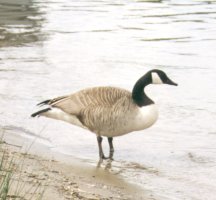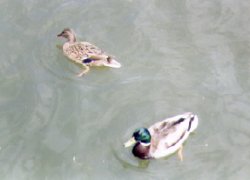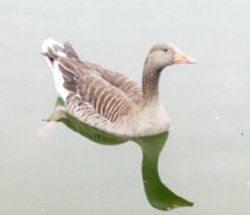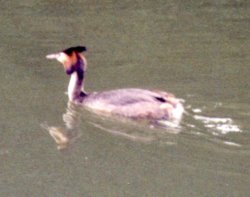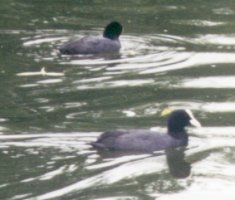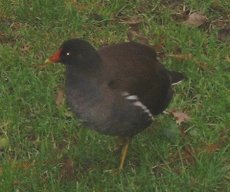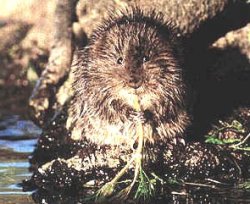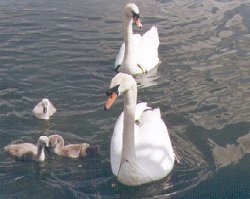
The Mute Swan (Cygnus olor) is one of the commonest birds to be seen on the River Thames. A mute swan gliding by so elegantly with wings raised and neck curved is a sight worth seeing. The cob (male) and the pen (female) generally mate for life. The cob has the larger black knob on its bill. A clutch of eggs can number between 3 and 10. It is advisable not to approach too closely when adults are caring for their cygnets. They can become very aggressive if alarmed. The brown plumage of the young changes to white as they mature. The mute swans feed in shallow water, upending themselves so that their tail feathers point skywards. Flying involves running along the surface of the water, with a great flapping of wings, before the swan becomes airborne.
Mute Swan
